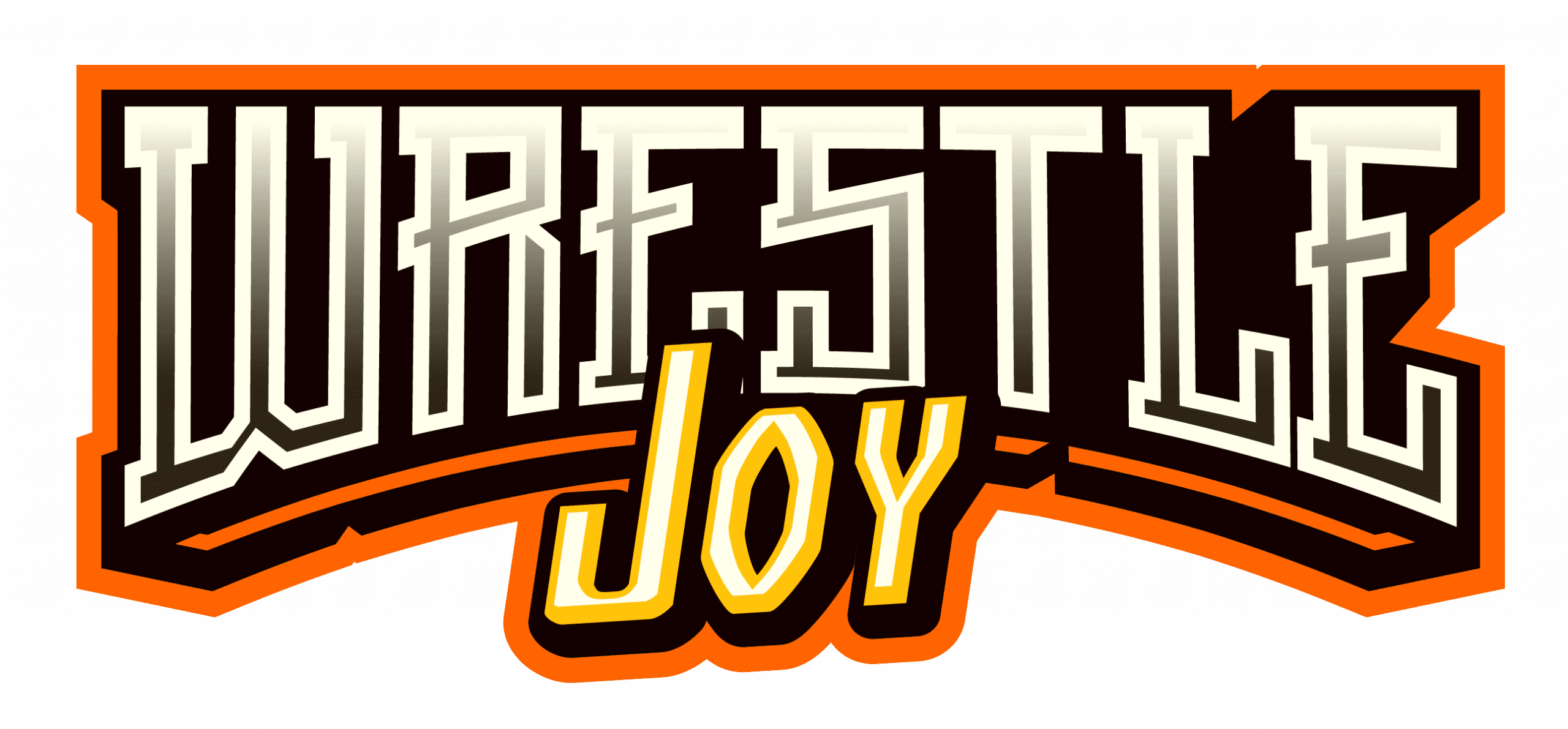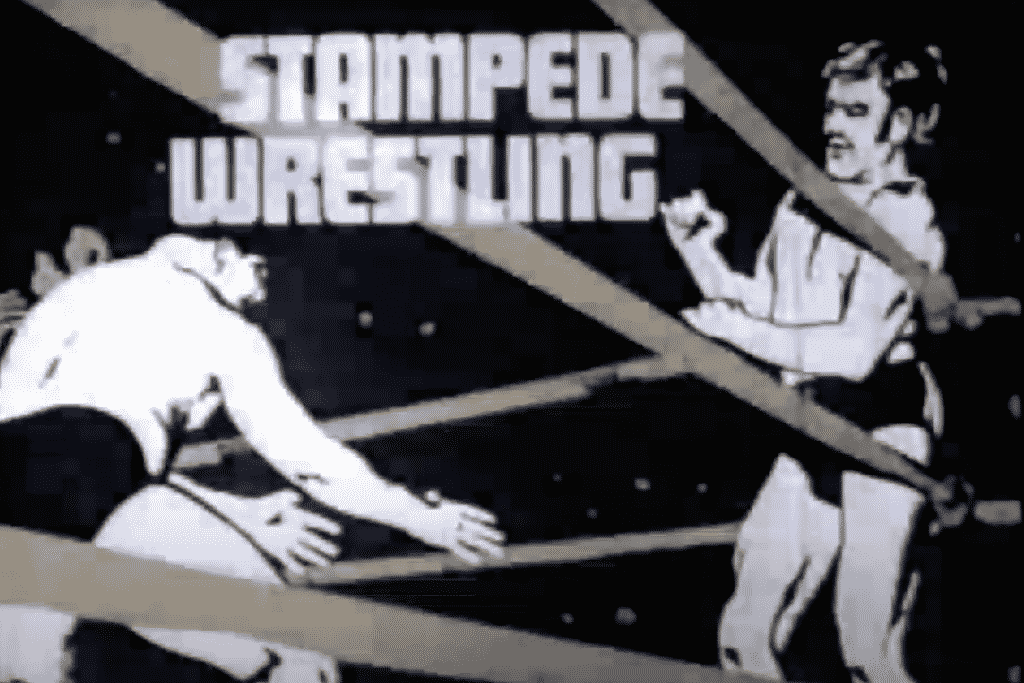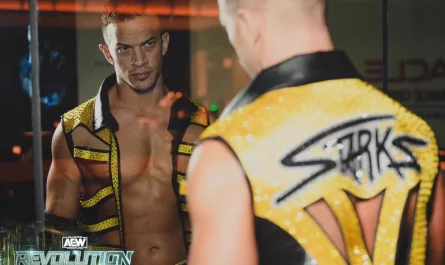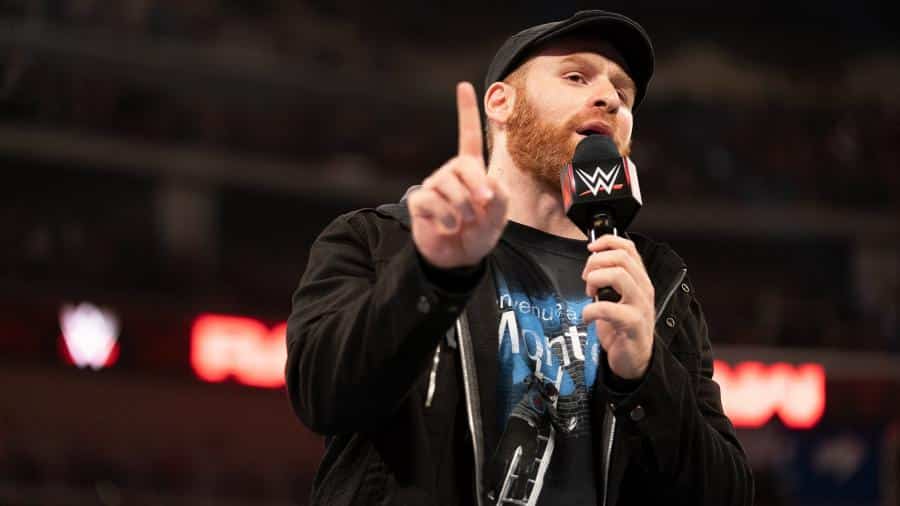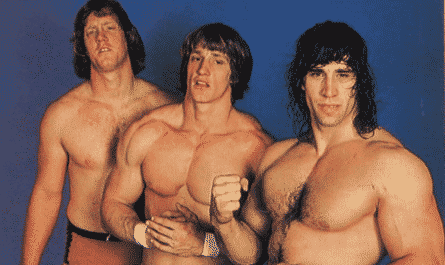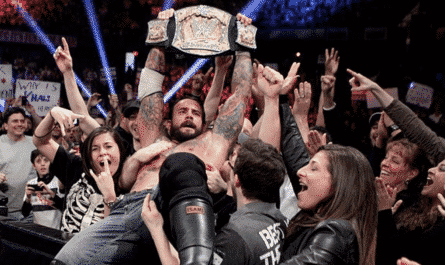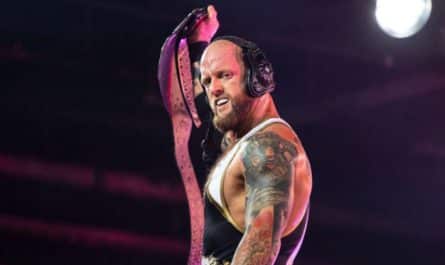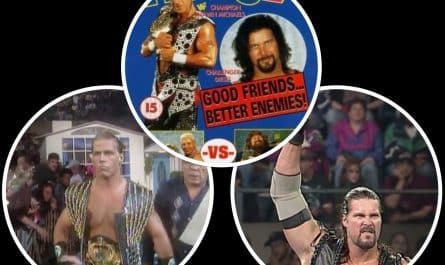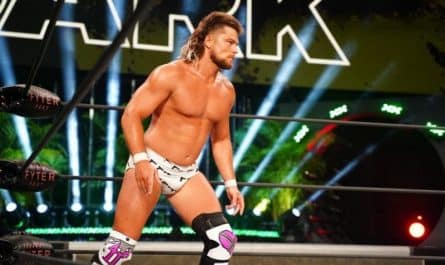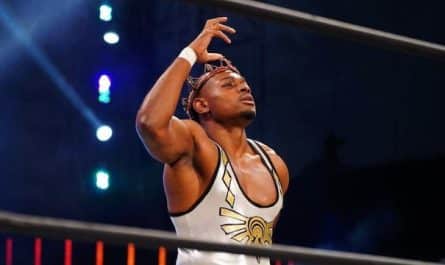Monday’s announcement of All Elite Wrestling teaming up with the Owen Hart Foundation opened the door to the name and likeness of Owen Hart being used in more than twenty years. The agreement coincided with AEW proclaiming that they will hold a tournament to crown the first Owen Hart Memorial Cup Champion.
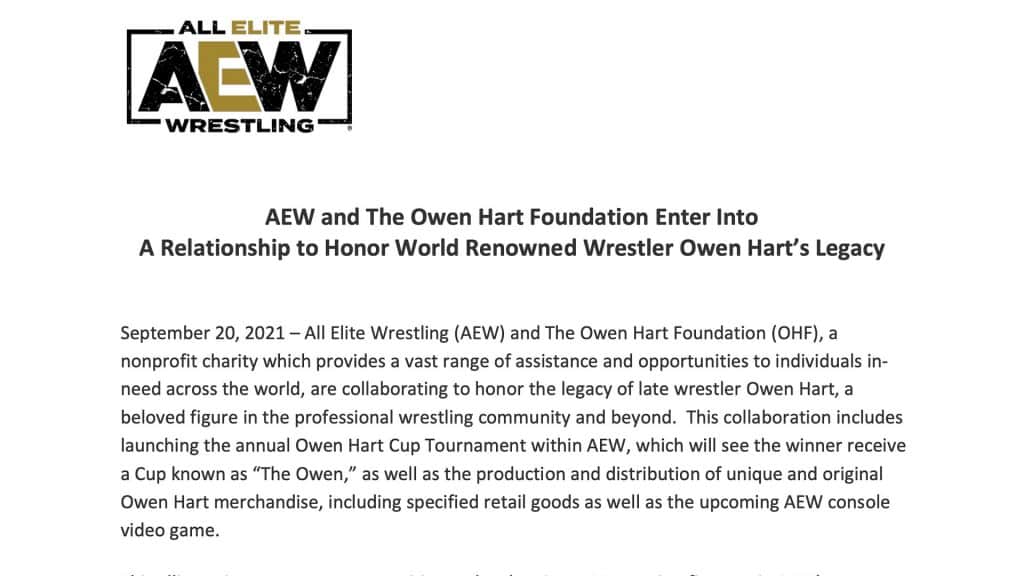
Owen Hart was long viewed as one of the most gifted in-ring talents of his generation. Though his career never reached the heights of his older brother, Bret, Owen’s influence on the modern product is undeniable. A big part of that influence came from the time that the youngest Hart brother conquered the world. Not inside the WWF but as part of New Japan Pro Wrestling.
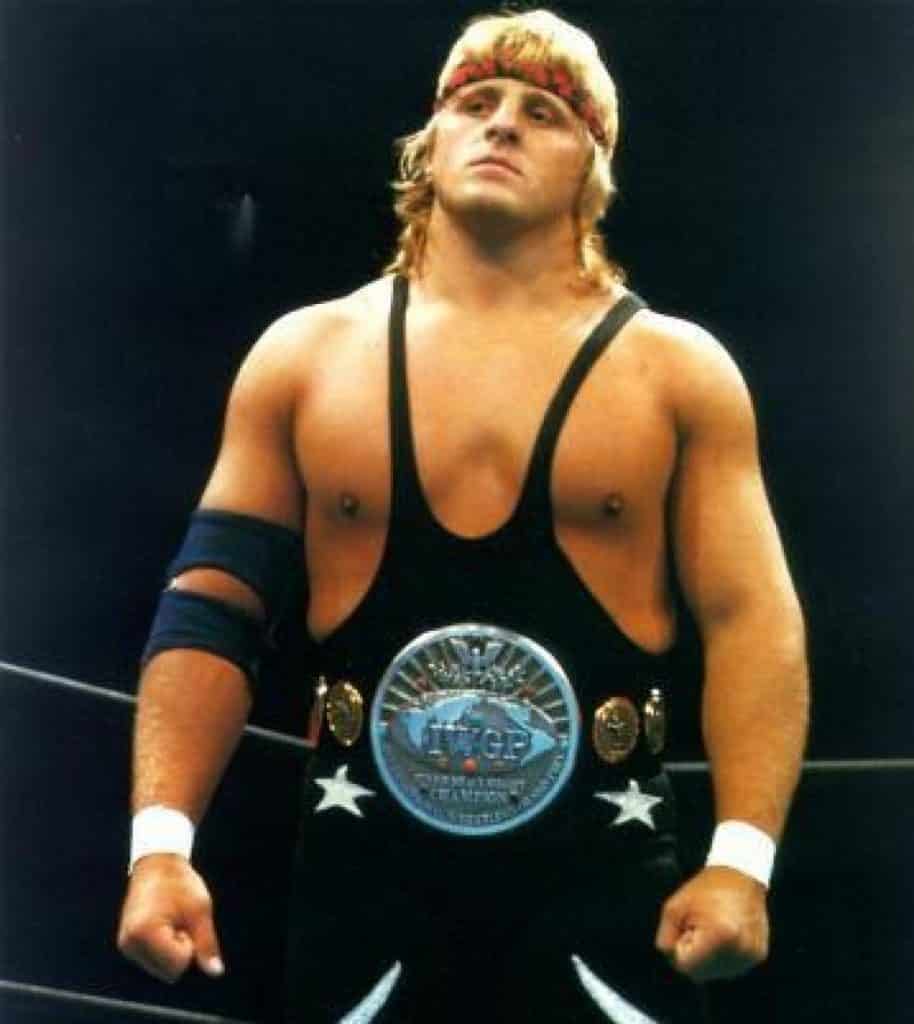
Stu Hart was a well-regarded promoter in his native Calgary before Owen was born in 1964. Part of what helped the territory called Stampede Wrestling stand out was its relationship with New Japan. Antonio Inoki’s strike-heavy offense, what would become known as Strong Style, would itself be influenced by the grappling and submission techniques of the Dungeon and vice versa. Eventually, Calgary itself developed its own style, today called Calgary Strong Style. By the early 80s, Calgary was home to some of the best in-ring talents in the world between Bret Hart, Dynamite Kid, Davey Boy Smith, Bad News Allen (Brown to WWF fans), and The Stomper Archie Gouldie. The promotion was on fire at the box office. However, the trajectory of the 1980s changed the face of the promotion.
After a confrontation between Ole Anderson and Vince McMahon at the 1983 NWA promoters convention, it became evident that McMahon intended to spread the WWF throughout not only the country but across the border into Canada. Stu Hart realized that with all New York television money standing against the behemoth could be fruitless. Stu Hart sold Stampede Wrestling and its valuable television time slot to the WWF for a reported $750,000. Included in that were roster spots for Bret, Smith, and Dynamite, who became the British Bulldogs.
However, according to Bret himself, McMahon never paid his father the agreed money. The elder Hart didn’t want to rock the boat with McMahon, not wanting to endanger the careers of his son and sons-in-law. After that, Bruce Hart restarted Stampede Wrestling, showcasing a new crop of talent like Brian Pillman, Chris Benoit, and of course, young Owen. The new Stampede kept its relationship with New Japan strong. The promotion played host to several talents on excursion like Shinya Hashimoto, Keiichi Yamada, and Hiroshi Hase, who wrestled under a masked as part of the Viet Cong Express.
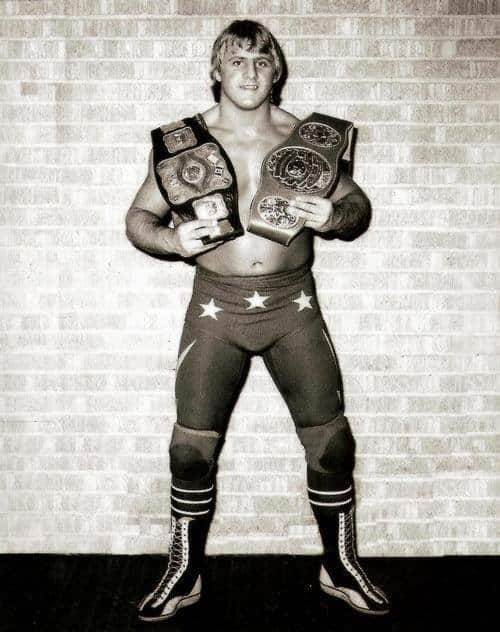
While Owen Hart rose through the ranks of the reborn company, he often teamed against the VC Express. There was instant chemistry between Owen and Hase. When the New Japan front office felt it was time, Hase was called back home and pushed hard as one of the company’s top stars in the junior heavyweight division. It was only a matter of time before Owen traveled to Japan for his first tour of NJPW.
In 1987, Owen Hart had a style much different than his brothers. It was more athletic and acrobatic with a flow that didn’t quite fit in the WWF at the time. Upon arriving in Japan, Hart discovered he fit right in with the burgeoning Junior Heavyweight scene. The late 80s are typically an ignored period in the division. The early 80s were defined by Satoru Sayama as Tiger Mask, while a different masked wrestler would become the division ace during the Super J Cup era. The IWGP Junior title was created in the time between. The division was dominated by Shiro Koshinaka, with the young lion Hase seen as the future.
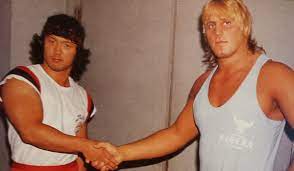
Owen Hart arrived in Japan and in his first match teamed with Brit Mark Rocco (better known in New Japan as the original Black Tiger) to face a young team of Keiji Mutoh (two years before becoming the Great Muta) and Keiichi Yamada, a talent who had to train in Mexico because he was deemed too small for NJPW dojo standards. Immediately, there was a spark between the young Canadian and Yamada forged in their time in Stampede. Though the Japanese team went over, Hart made an impression in his first match. Yamada was also turning heads.
Owen spent most of his first Japanese tour teaming with foreign talents like Rocco, Scott Hall, Dick Murdoch, and The Cuban Assassin Dave Sierra. Owen did get a handful of singles matches against current Junior champion Kuniaki Kobayashi and Yamada, losing three times to Kobayashi but defeating Yamada in their matches.
In 1988, Owen Hart returned to New Japan. On his first night back, he faced his old rival Hase in the first round of the Top of the Super Junior tournament. The match helped set the template for the type of matches later seen in the J Cup. The mix of strikes, high flying, and groundwork helped define the NJPW Junior style. In that way, Owen was ahead of his time, as it could essentially be seen as modern pro wrestling. Today, his thick build would plant him firmly in the heavyweight division, but in 1988, he was helping redefine the Juniors.
Hase would win the first Top of the Super Juniors match. Owen would win the next four matches in the tournament, including finally defeating Kobayashi before losing his last match to Keiichi Yamada. On his third tour of Japan, Owen Hart would make history against Hiroshi Hase, beating him to win the IWGP Junior Heavyweight title. Owen became the first non-Japanese talent to win the championship. In his only title defense, Owen again defeated Yamada before dropping the title to Koshinaka.
After the tour, Owen signed with the World Wrestling Federation. His high-flying style and familiar last name inspired the Federation to repackage him as the Blue Blazer. Owen’s first run in the WWF was unspectacular. The highlight of his tenure was a Wrestlemania V loss to Mr. Perfect. Shortly after, Hart departed and returned to New Japan. In his brief time away, the company had experienced a major change. While Owen’s excursion under a hood was largely forgettable, his old rival Yamada had a much different experience.
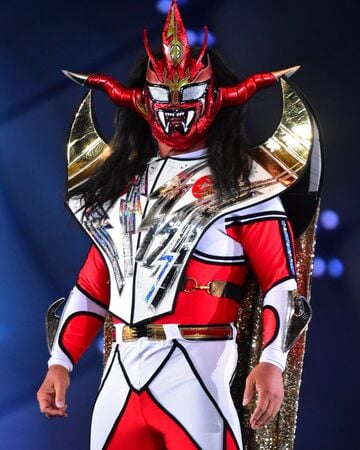
When New Japan was eager to create another version of Tiger Mask, it again looked to anime and the pages of manga for inspiration. Donning a mask, Yamada took on the name of Go Nagai’s character known as Jushin Liger. As Liger, Yamada was an instant success and would become the face of the Junior heavyweight division. On his first night back, Owen teamed with Pat Tanaka to face Hase and the newly-minted Liger.
Owen spent the majority of 1990 and early 1991 bouncing between Stampede, CMLL in Mexico, Otto Wanz’s CWA in Germany, and New Japan, earning a reputation as one of the top junior heavyweights in the world. However, by the middle of 1991, Owen was ready to settle with one of the American companies. While negotiating with WCW, the WWF again came calling. With older brother Bret firmly moving into the singles division, Owen was eventually programmed with brother-in-law Jim Neidhart as the New Foundation.
Before leaving, Owen Hart had one last match in New Japan. On April 28th, 1991, Owen faced Jushin Thunder Liger. Always the consummate professional, Hart put Liger over one final time.
Hopefully, in whatever AEW has planned for the Owen Hart Memorial Cup, the matches will live up to the standard exemplified by Hase, Liger, and Hart. Hopefully, it represents what Owen Hart was: the best professional wrestling has to offer.
